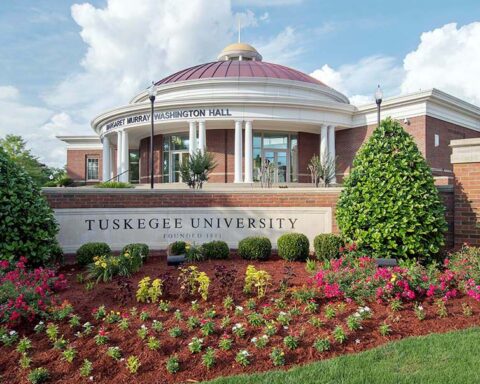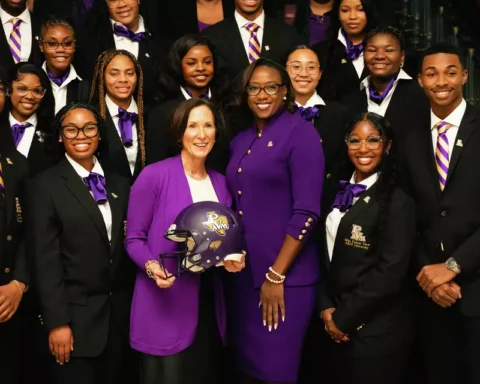By Matthew Arrojas
West Virginia recently committed an extra $83 million to higher education, including over $51 million in new grants for students.
Republican Gov. Jim Justice signed a bill into law that aims to combat the rocky rollout of the latest Free Application for Federal Student Aid (FAFSA), which launched later than expected with a litany of issues. West Virginia committed funds to both students and institutions in an attempt to balance the scales and avoid an enrollment disaster for the 2024-25 academic year.
“This money will help our students stay on track for their futures despite the mess created by the federal government,” Justice said in a statement. “Our students and higher education institutions deserve stability and support, and we are committed to providing it.”
The measure placed funds in three main projects:
- Higher Education Grant Program (HEGP) — $40 million
- College Access Emergency Grants — $11.22 million
- Support for colleges and universities — $32 million
West Virginia’s $40 million investment in the HEGP will temporarily double the maximum grant award students can qualify for. The max award will be $6,800 for the 2024-25 academic year, rather than $3,400.
Students must be a West Virginia resident for the past 12 months to qualify for the need-based HEGP award.
The College Access Emergency Grants program can award up to $2,000 per student if they demonstrate an immediate need for financial assistance.
Lastly, the new law will distribute $32 million to the state’s public colleges and universities for general support purposes.
This isn’t West Virginia’s first action in response to the botched FAFSA rollout over the past 10 months.
Justice declared a state of emergency in late April. This allowed the governor to temporarily suspend the state’s requirement that all students must submit a FAFSA to qualify for state financial aid programs. Instead, they can show some other proof of financial need, such as qualifying for the Supplemental Nutrition Assistance Program (SNAP).
West Virginia is among the states most impacted by the rocky FAFSA launch.
According to a FAFSA completion tracker from the National College Attainment Network, the number of West Virginia high school seniors who completed the FAFSA by May 31 is down 20.8% from the same time last year. That’s the third-worst decline in the U.S., behind only Mississippi and Alabama.





